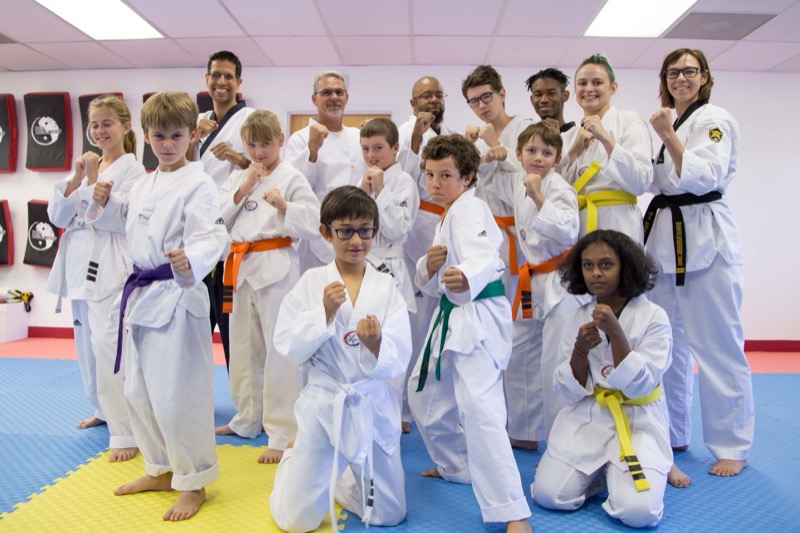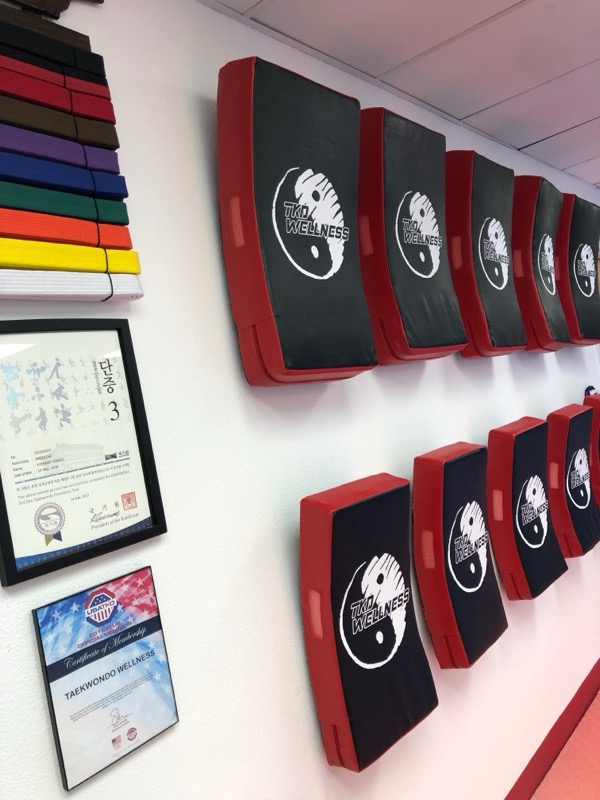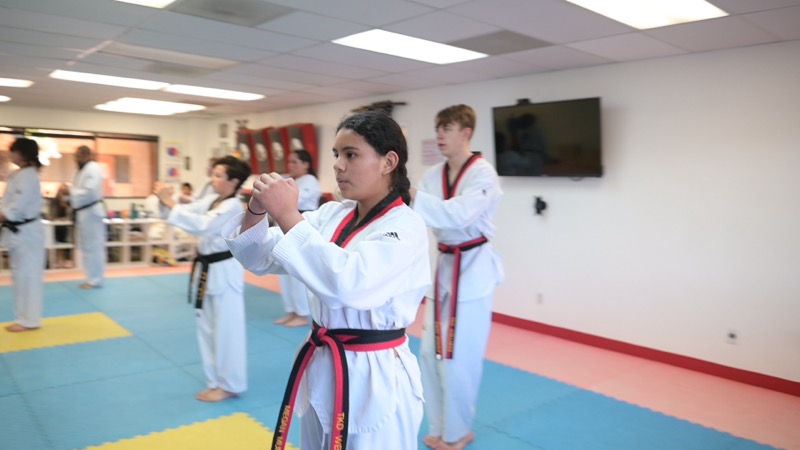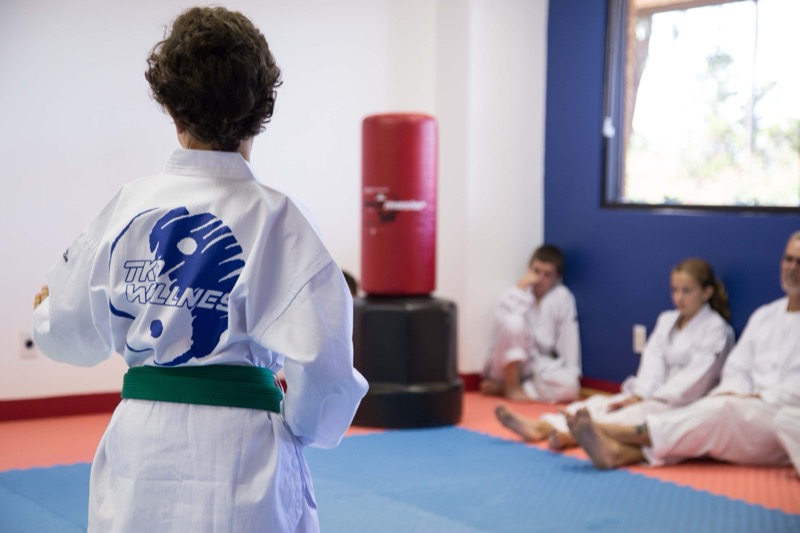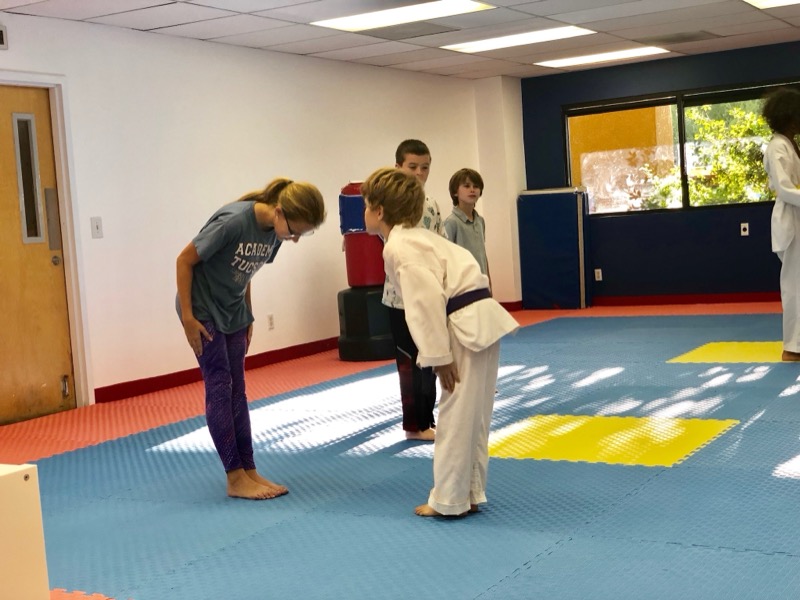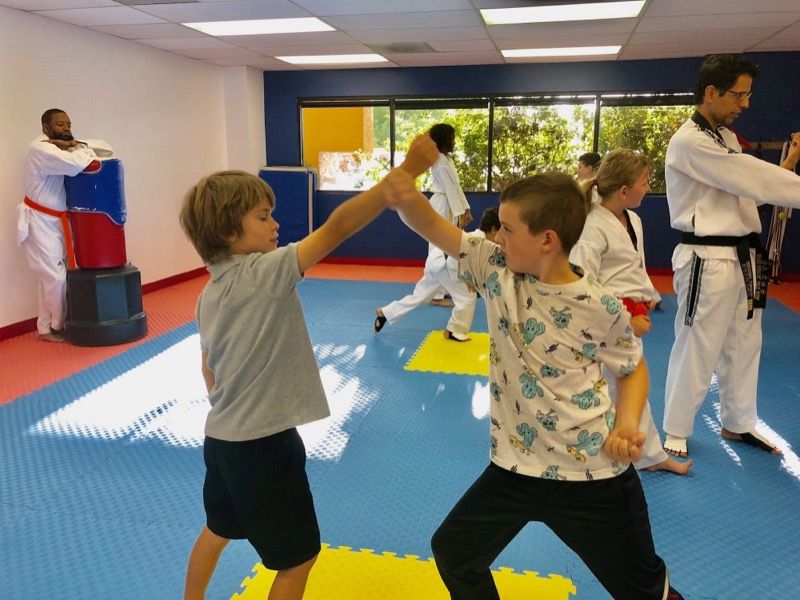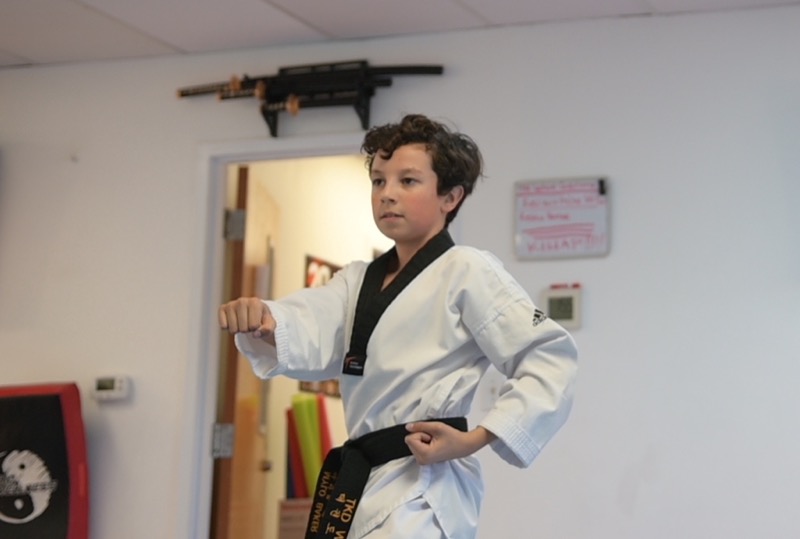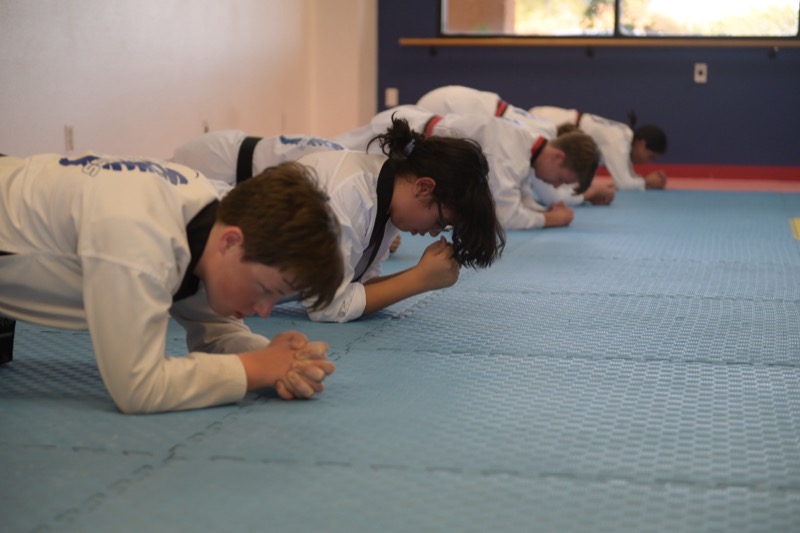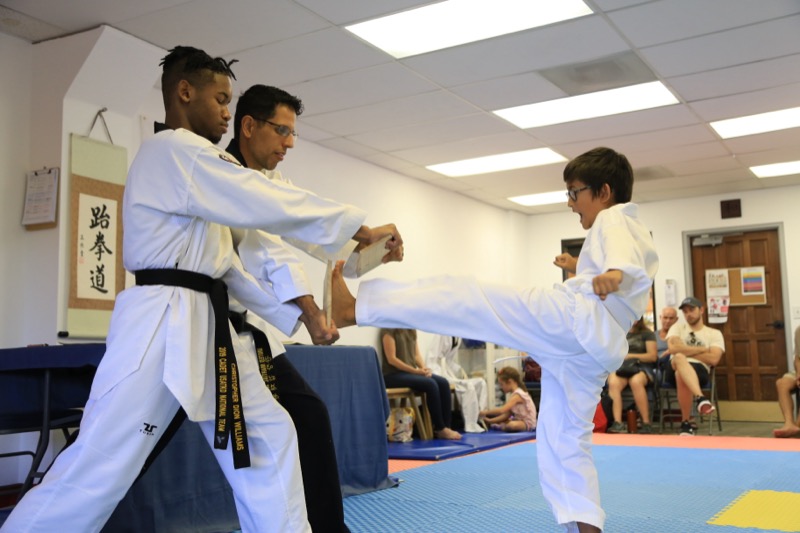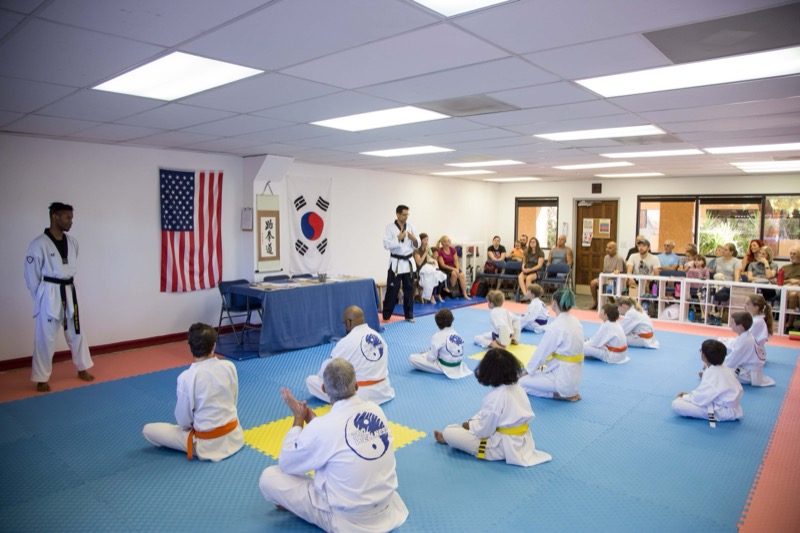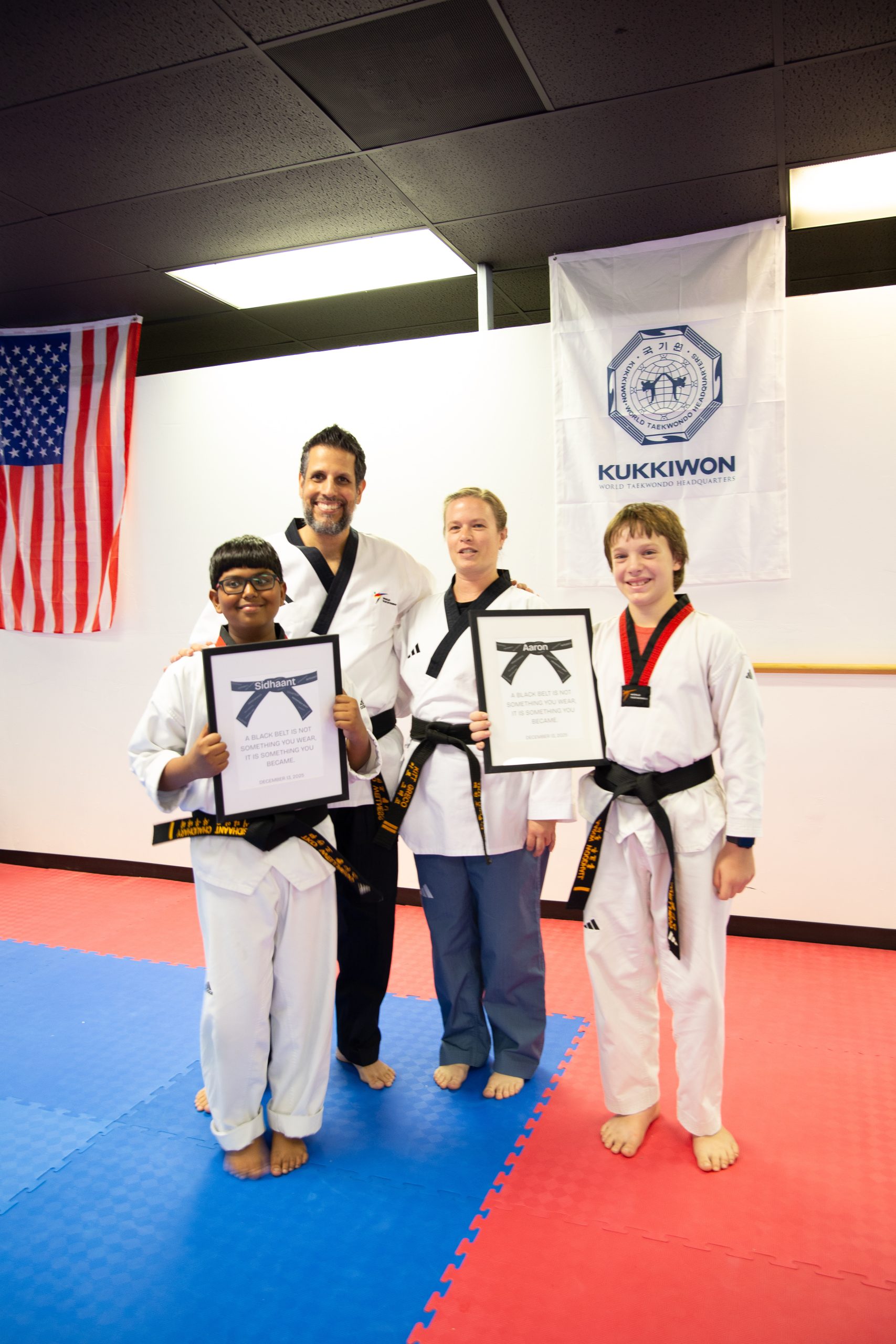
Fitness Reinvention: Why Most Resolutions Fail (And Ours Don’t)
Hello, and a very Happy New Year from the TKD Wellness family! As we step into another year, the air is thick with renewed hopes, ambitious plans, and, for many, the familiar vow of “getting fit.” Gyms overflow, healthy eating plans are meticulously crafted, and for a fleeting few weeks, it feels like the world is on a collective health kick.
I’m Dr. Yoendry Torres, a licensed Clinical Psychologist, Head Coach of TKD Wellness, and a 5th Degree Black Belt in Olympic sport Taekwondo. Over the years, I’ve witnessed countless individuals embark on their fitness journeys, only to see their resolve waver and their resolutions crumble by mid-February. It’s a pattern as predictable as the changing seasons, and it’s not due to a lack of desire or effort. It’s fundamentally a psychological challenge, not just a physical one.
At TKD Wellness, we don’t just teach Taekwondo; we cultivate a mindset. We understand the intricate dance between physical prowess and psychological resilience. This year, instead of making another resolution that’s destined to fail, let’s explore why most resolutions falter, and how our clinically informed, martial arts approach ensures not just fitness, but sustainable well-being for both our youngest students and our elite athletes.
The Psychology of Failure: Why Most Resolutions Crumble
The traditional approach to New Year’s fitness resolutions often overlooks the deeply ingrained psychological factors that dictate long-term success. It’s not about willpower alone; it’s about understanding the internal mechanisms that either fuel or sabotage our efforts.
1. Vague Goals and Lack of a “Why”:
Most resolutions are abstract: “I want to get fit,” or “I want to lose weight.” These statements lack specificity and a clear action plan. More critically, they often lack a compelling “why” rooted in intrinsic motivation. If your motivation is purely external, fitting into an old outfit or conforming to societal ideals, it’s less resilient to setbacks. When the initial euphoria fades, the absence of a deeper, personal reason makes it easy to quit. We see this often with children forced into activities; without an internal spark, their motivation quickly wanes.
2. All-or-Nothing Thinking and Perfectionism:
The moment we miss a workout or deviate from a diet, many succumb to “all-or-nothing” thinking. One slip-up is perceived as total failure, leading to abandonment of the entire goal. This rigid mindset leaves no room for human error or imperfection, hindering emotional regulation when things don’t go perfectly. For athletes, this can manifest as intense frustration after a missed kick or a lost point, potentially derailing an entire performance.
3. Neglecting Emotional Regulation and Stress Management:
Fitness journeys are rarely linear. They come with plateaus, injuries, and days when you simply don’t feel like showing up. Without effective stress management and emotional regulation skills, these challenges quickly translate into frustration, self-doubt, and eventual surrender. The mental fatigue can be more debilitating than physical exhaustion, leading to negative self-talk and a tendency to reframe minor setbacks as insurmountable obstacles.
4. The Absence of a Supportive System:
Trying to achieve significant lifestyle changes in isolation is an uphill battle. Human beings thrive in communities. A lack of accountability, shared experience, and encouragement can make the journey feel lonely and overwhelming, especially for parents trying to instill healthy habits in their children without a consistent reinforcing environment.
Taekwondo Wellness: A Clinical Approach to Sustainable Fitness
At TKD Wellness, we don’t just offer Taekwondo classes; we provide a holistic system designed to address these psychological pitfalls head-on. Our approach blends centuries-old martial arts philosophy with modern sport psychology and clinical understanding, creating a pathway to genuine, lasting well-being.
1. The Power of Progressive Goal Setting and Deliberate Practice:
Unlike generic fitness goals, Taekwondo is built on a clear, structured system of progression: the belt ranks. From the white belt’s first basic stance to the intricate movements of a black belt Poomsae, each step is a clearly defined, achievable goal. This provides continuous motivation and a tangible sense of accomplishment, reinforcing positive behavior.
Consider the journey of mastering a roundhouse kick. It’s not about brute force. It’s about breaking down the technique into precise components: the pivot of the standing foot, the chambering of the knee, the precise hip rotation for power, the snap of the foot, and the controlled retraction. We engage in deliberate practice, isolating each segment, refining it through repetition and expert feedback. This meticulous process teaches children and athletes alike the value of patience, precision, and continuous improvement, powerful lessons that extend far beyond the dojang.
2. Cultivating a Growth Mindset and Grit:
Taekwondo inherently fosters a growth mindset. Every missed kick, every fall during sparring, every challenge in learning a new form like Koryo Poomsae (a complex black belt form rich in philosophical meaning, demanding precise technique and deep understanding of martial principles) is reframed not as a failure, but as an opportunity for learning and improvement. Our instructors, guided by psychological principles, teach students to embrace the struggle, to persevere through difficulty, developing grit and resilience. This translates into life, where children learn to tackle academic challenges and athletes learn to push past mental barriers in competition.
3. Mindfulness, Focus, and Visualization:
The practice of Taekwondo is an exercise in mindfulness. During Poomsae, every movement, every breath, requires complete awareness and focus. We teach students to be present, to control their bodies and minds in the moment. This focus extends to sparring, where students must analyze their opponent, anticipate movements, and react with precision, a dynamic form of mental training.
We also integrate visualization techniques. Athletes visualize successful execution of techniques, powerful combinations, and even entire competition matches. Children learn to visualize themselves successfully performing a new move, building confidence and reducing performance anxiety. This mental rehearsal, a cornerstone of sport psychology, primes the brain for success.
4. Emotional Regulation and Stress Inoculation:
The disciplined environment of the dojang naturally cultivates emotional regulation. Learning to control impulses, to manage frustration during challenging drills, and to respect opponents and peers are fundamental lessons. Sparring, in a controlled and safe environment, acts as a form of stress inoculation. Students learn to perform under pressure, to control their breathing, and to make quick decisions while experiencing heightened adrenaline. This prepares them for competitive pressure, but also for stressful situations in daily life.
5. Community, Energy Management, and Mental Health First Aid:
The dojang is more than a training hall; it’s a supportive community, a family. This sense of belonging provides accountability and encouragement, vital for sustaining long-term engagement. We teach energy management, not just physically (pacing oneself in a match) but mentally (avoiding burnout, prioritizing rest)
Furthermore, our instructors are trained to recognize signs of mental struggle, implementing principles of mental health first aid. We foster an open environment where students, especially young athletes facing immense pressure, feel comfortable discussing their challenges, providing a vital layer of support often missing in traditional sports settings.
6. Intrinsic Motivation and Self-Talk:
Taekwondo moves beyond external rewards. The journey itself, the continuous self-improvement, the mastery of body and mind, the living of the Taekwondo tenets (courtesy, integrity, perseverance, self-control, indomitable spirit), becomes the ultimate reward. This cultivates strong intrinsic motivation. We also train students in positive self-talk, teaching them to challenge negative thoughts and to encourage themselves, transforming internal dialogue from a critic into a coach.
COACH’S CORNER: Your Path to Lasting Fitness This Year
As you embark on your own “fitness reinvention,” whether for yourself or your child, consider these actionable steps rooted in the principles we champion at TKD Wellness:
- Define Your “Why”: Go beyond surface-level goals. What deep, personal meaning does this fitness journey hold for you or your child? Connect to intrinsic desires like confidence, inner peace, discipline, or joy.
- Embrace Progressive Micro-Goals: Break down your big resolution into small, achievable steps. Celebrate each small victory to build momentum and maintain motivation. Think of it like earning a new stripe or belt.
- Cultivate a Growth Mindset: View challenges and setbacks as learning opportunities, not failures. The journey is about consistent effort and improvement, not instant perfection.
- Seek Your “Dojang” Community: Find a supportive environment, whether it’s a martial arts school, a running group, or a fitness buddy, where you feel encouraged, accountable, and part of something bigger.
- Practice Self-Compassion and Mindfulness: Be kind to yourself on days when things don’t go as planned. Practice mindfulness to stay present and manage stress, recognizing that your mental well-being is as crucial as your physical health.
Conclusion
This New Year, let’s redefine fitness. It’s not merely about shedding pounds or building muscle; it’s about building psychological resilience, fostering a growth mindset, and developing the discipline and self-mastery that empowers you to thrive in all aspects of life. At TKD Wellness, we offer more than just physical training; we offer a blueprint for sustainable well-being, grounded in the ancient wisdom of Taekwondo and the modern insights of clinical psychology.
Ready to experience the benefits of training firsthand? Sign up for a free class at TKD Wellness today.
Can’t make it to the dojang? Check out our comprehensive online Beginners Taekwondo Course on Udemy.
Follow us on YouTube or Facebook!
Written by AI & Reviewed by Clinical Psychologist and Head Coach: Yoendry Torres, Psy.D., 5th Dan
Disclaimer: Please note that some blog posts may contain affiliate links and TKD Wellness will earn a commission if you purchase through those links at no additional cost to you. We use all of the products listed and recommend them because they are companies or products that I have found helpful and trustworthy. Our website is supported by our users.

